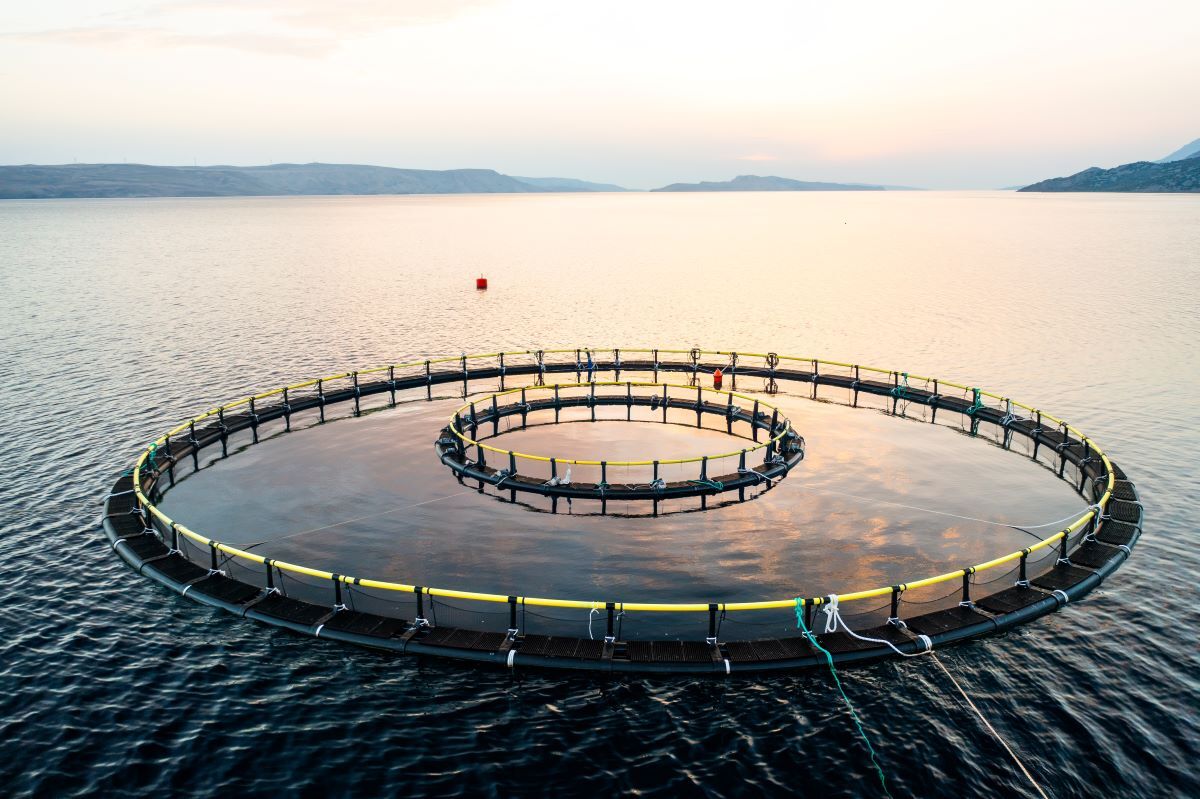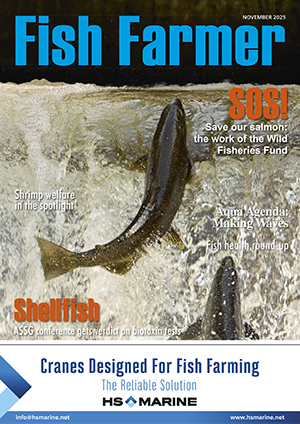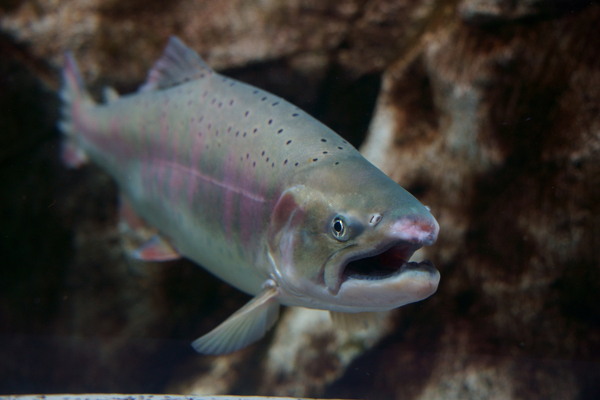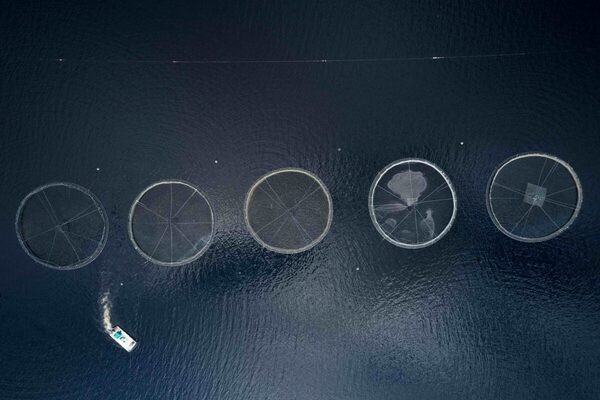Scottish Government consults on streamlining offshore regulation

Please Login/register for FREE to continue reading Fish Farmer
Your FREE registration gives you access to all our content: news and feature articles, regular and special guest columnists, Fish Farmer Magazine e-editions, yearbooks, archives, videos and more
or if you are already registered
Use the Login Box Below
(Can't remember your password? Click Here to reset your password
Skipper Mowi Skye (Skye & Lochalsh) - Mowi Scotland
Skye & LochalshFrom £36,169 per annum
Husbandry Operative, Loch Melfort, Argyll - Kames
Kilmelford, Oban, Lochgilphead£27,500 to £30,500 per annum
Area Manager - Marine - Bakkafrost Scotland Limited
IV51 9DD£70,000 to £83,000 per annum
Marine Operative (2 weeks on/off) - Bakkafrost Scotland Limited
IV54 8XH£34,576.30 per annum
Senior Marine Operative - Bakkafrost Scotland Limited
HS2 9HW£45,934.34 per annum




